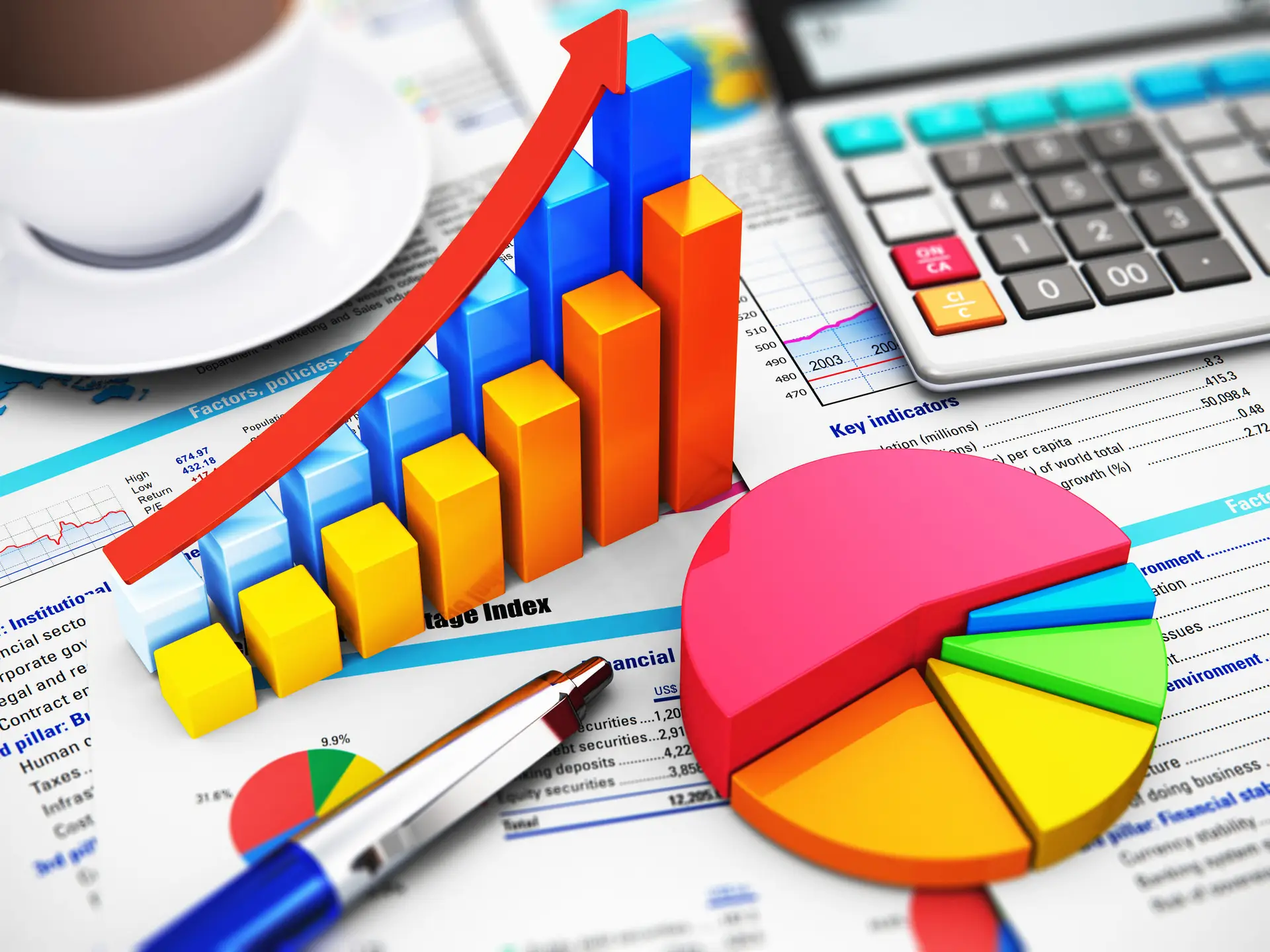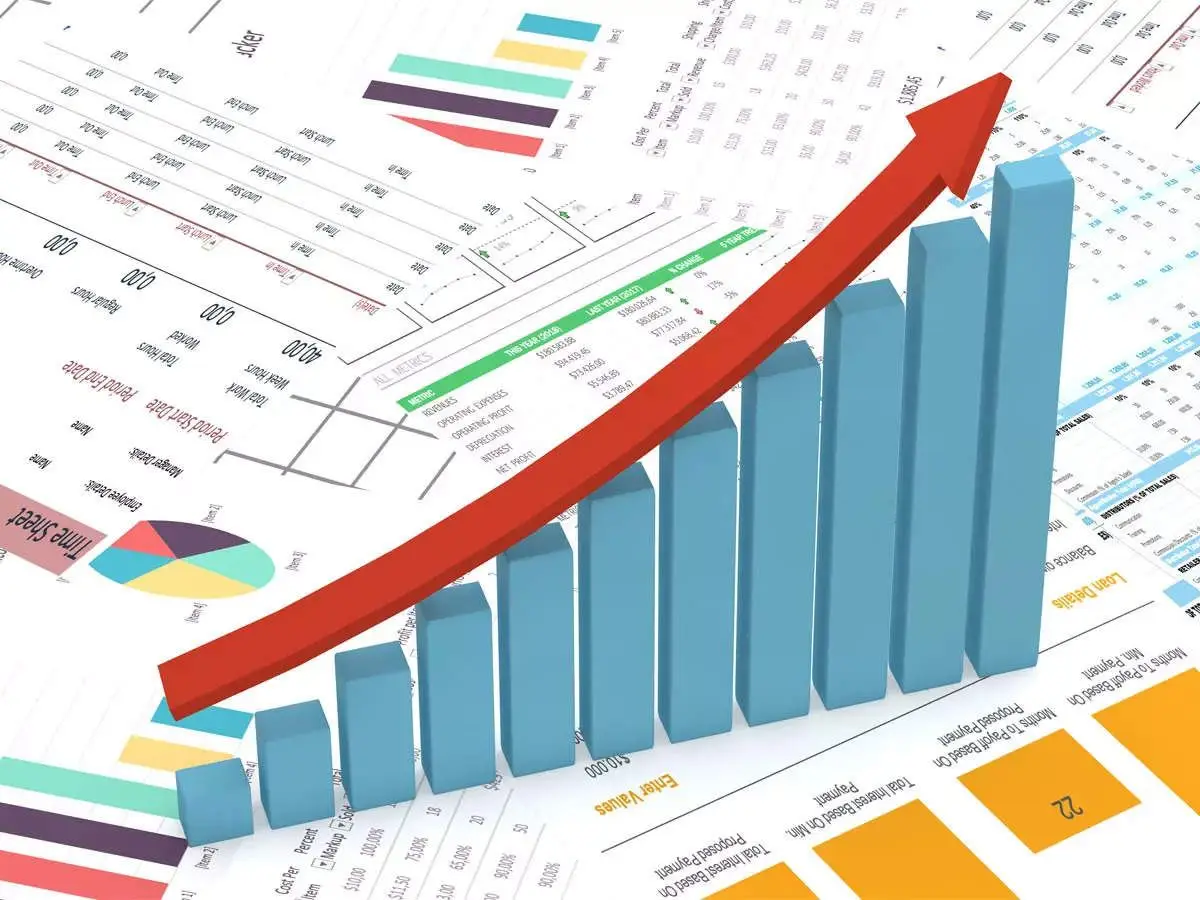Market unpredictability is more of a rule than an exception. In conditions where each day can bring both success and unexpected challenges, a tool is needed to keep the situation under control and forecast the future. And it exists: a financial model. It is not just a table with numbers, but a navigation tool that allows you to navigate in business and minimize risks.
What is a financial model
A structured tool that provides the opportunity to assess the current and future economic situation of a company. Essentially, it is a calculation scheme built on data about income, expenses, investments, and other important business indicators. It helps understand how effectively a project is operating and what steps need to be taken to improve results.
At first glance, cash flow calculation may resemble a regular table, but its value is much greater. It is a comprehensive tool that, like a navigation map, helps determine where the company is currently and where it is heading.
Unlike a business model, which focuses on strategic aspects of operations, a financial model is concentrated on numbers reflecting the state of affairs in the company.
Why does a business need a financial model
Lack of a clear structure is like sailing a boat without oars. Economic analysis conducted using a plan helps identify weaknesses in company operations and address them in a timely manner. This is the key to successful planning and long-term growth. Proper allocation and analysis help better understand the development dynamics, which is the basis for making effective decisions.
A financial model helps:
- Plan budgets and optimize expenses.
- Forecast results and analyze possible development scenarios.
- Determine the profitability and sustainability of a project at different stages.
Building a financial model: where to start
The journey begins with a clear understanding of business goals and collecting initial data. It is important to consider all income and expense items, as well as planned investments.
One of the forecasting tasks is to develop various scenarios that allow evaluating how changes in certain parameters can affect overall results.
The stages of building the scheme include:
- Collecting initial data on current income and expenses.
- Analysis of past period dynamics.
- Creating a base scenario reflecting the current situation.
- Developing several alternative scenarios to assess risks and opportunities.
Budget planning based on calculations allows for making more informed decisions, as all data is presented in a systematic and understandable manner. This way, entrepreneurs can anticipate potential challenges and prepare action plans in advance.
Analysis and forecasting using a financial model
An important stage in firm management. It helps identify not only current indicators but also potential opportunities for cost optimization and revenue increase. Analysis helps determine how much the current strategy contributes to achieving the company’s long-term goals.
Through modeling, income results are forecasted — assessing likely indicators based on current data and trends. It is important to consider not only internal but also external factors, such as the country’s economic situation, competitive environment, and market changes.
For example, changes in the Russian economy can significantly impact a company’s plans, and using an evaluation scheme helps minimize negative consequences.
Investment analysis and business planning with a financial model
Analytics is an integral part of working with capital. It allows evaluating the effectiveness of investments and selecting the best options for company development. Investments require careful analysis as each project has its risks and potential. A financial model helps understand the expected returns from various investments and how they will affect the overall business situation.
Furthermore, through planning, entrepreneurs not only determine development directions but also attract investors. The latter are often interested not only in the overall project idea but also its economic stability. Modeling provides specific figures, enabling the justification of business prospects to potential partners.
Key planning elements
The system includes several key components:
- Income: information on receipts, planned sources of financing.
- Expenses: operational, administrative, and other costs.
- Investments: volume of investments in project development.
- Strategic indicators: EBITDA, net profit, margin, and others.
These elements provide a comprehensive picture of the business’s state and enable the analysis of its effectiveness.
Examples of using a financial model
In Russia, the methodology is actively used in various economic sectors — from retail to IT and manufacturing.
For instance, a software development company can use calculations to assess the profitability of a new product, considering expenses for development, marketing, and support.
Another example: a manufacturing enterprise uses budget planning to optimize expenses for raw materials and equipment procurement.
Step-by-step construction:
- Setting goals and objectives.
- Data collection and analysis.
- Developing a base scenario.
- Evaluating risks and creating alternative scenarios.
Following these steps ensures maximum accuracy and relevance of profitability forecasts.
Conclusion
A financial model is the foundation of successful business management and planning. It allows seeing not only the current state of affairs but also forecasting the future, which is particularly important in uncertain market conditions.
For any entrepreneur, it is important to understand that without a quality financial model, business development becomes a game of chance rather than a well-thought-out process. Its use helps not only manage current cash flows but also prepare for future challenges, ensuring sustainable growth and company development.













